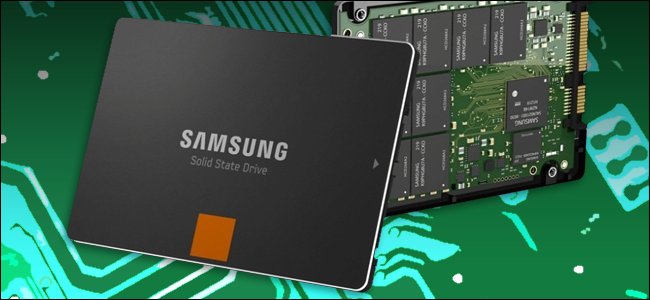
When large-scale flash storage first came to the consumer market as an alternative to conventional hard drives, the biggest concern (aside from price) was longevity. Tech fans had a pretty good idea of the general reliability of hard drives, but SSDs were still something of a wild card.
But years later, the market for SSDs has matured considerably, and we’ve got a lot more data on…well, data. The good news is that SSDs are probably much more reliable than you think, and certainly at least as good as hard drives in terms of data retention and failure rates. The bad news is that SSDs tend to fail more often with age, and not with extended data reading and writing, as formerly predicted.
That means that you’re no more likely to lose data with an all-flash setup versus a standard hard drive…but that it’s still essential to keep a data backup of important files.
Before we go on to some of the testing, it’s important to get a quick primer on some of the more technical terms associated with SSDs:
- MLC and SLC: Multi-Level Cell memory is cheaper and slower, generally found on consumer-grade SSD drives. Single-Level Cell memory in enterprise and enthusiast-grade SSDs is faster and technically less prone to data loss.
- Memory Block: a portion of the physical memory on a flash drive. A “bad block” is inaccessible or poorly accessible to your computer, causing a lower-than-reported level of available storage and potential read and write errors for files and software.
- TBW: Terabytes Written. The total amount of data written and re-written to a drive over its lifetime, expressed in terabytes.
With that in mind, let’s answer this question.
How Long Will They Last?
SSD vendors tend to rate the reliability of their drives on three factors: standard age (like any warranty), total terabytes written over time, and the amount of data written to the drive per specific amount of time, like a day. Obviously measuring by these three different standards will return different results based on methodology. And the very fact that there are three extremely loose standards for “wear” on a digital component should illustrate something to the end user: accurately predicting how long it will take a specific SSD to fail is more or less impossible. We can only give a very vague point of maximum possible data retention, after which using the drive will put you in danger of immediate loss of data and computer operation.

There have been several recent studies trying to determine a more precise lifespan for solid state memory. A few of the more well-known ones include:
A joint study between Google and the University of…
The post How Long Do Solid State Drives Really Last? appeared first on FeedBox.